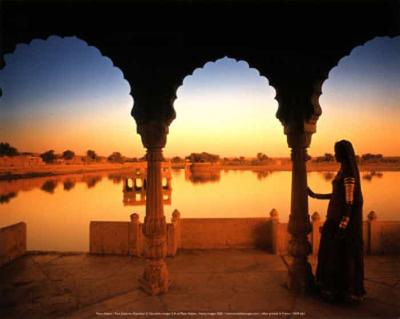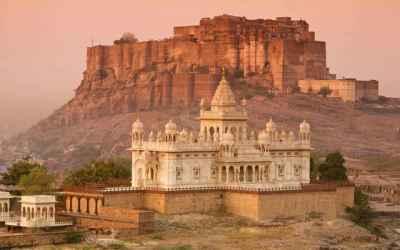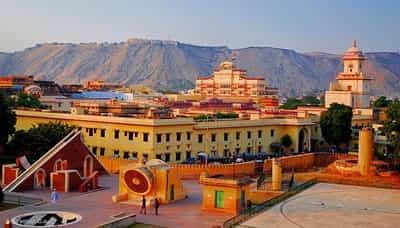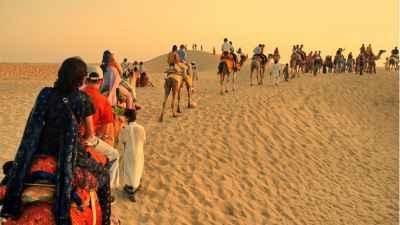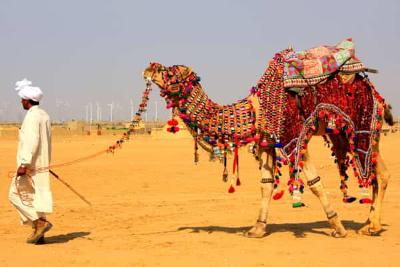Rajasthan’s Folklore: The Stories Behind the Dances
Rajasthan, known as the Land of Kings, is a vibrant state in India that is steeped in rich history and culture. One of the highlights of Rajasthan's cultural heritage is its traditional folk dances that have been passed down through generations. These dances not only showcase the beauty and grace of the performers but also tell captivating stories that are deeply rooted in the state's folklore. In this blog post, we will explore some of Rajasthan's most famous folk dances and the fascinating stories behind them.
Ghoomar
Ghoomar is a traditional folk dance of Rajasthan that is performed by women. The word 'ghoomar' means 'spinning around' and the dance gets its name from the twirling movement of the performers. The dance is accompanied by traditional songs that usually depict stories of love and marriage.
The origins of Ghoomar can be traced back to the Bhil tribes of Rajasthan, who used to worship the Goddess Saraswati, the goddess of knowledge and arts. The dance is performed during festivals and special occasions, where women dressed in bright, colorful attire, spin around gracefully, their vibrant skirts swirling around them.
Kalbelia
Kalbelia is a lively and energetic folk dance performed by the Kalbelia tribe of Rajasthan. Considered one of the most sensuous dance forms in India, Kalbelia showcases the beauty and agility of the dancers. The dance is characterized by rapid movements, graceful hand gestures, and whirling jumps.
The Kalbelia tribe, known for their expertise in snake charming, pays homage to Lord Krishna through their dance. The dancers, dressed in black traditional costumes, simulate the movements of a snake, gracefully slithering and swaying to the beats of traditional musical instruments like the pungi and the duff.
Bhavai
Bhavai is a traditional dance form that originated in the royal households of Rajasthan. The word 'bhavai' means 'to maintain posture' and the dance form requires great skill, balance, and precision. The dancers perform on a plate or a brass pitcher, balancing it on their heads, while executing rhythmic movements.
Bhavai is usually performed during festivals and weddings, and the dance often depicts stories of ancient Rajput warriors and their bravery. The dance requires immense strength and agility, as the performers dance on the edge of a sword or glass bottles, showcasing their ability to maintain perfect balance.
Chari
Chari is a folk dance that originated in the desert regions of Rajasthan. 'Chari' refers to a brass pot that is traditionally used to carry water from long distances. The dance form celebrates the valor and bravery of the women of Rajasthan, who used to embark on long journeys to fetch water.
The dance involves balancing a pot filled with live fire on the head, while the dancers move around gracefully, executing intricate footwork and hand movements. The performers often hold lit oil lamps in their hands, adding a mesmerizing visual element to the dance.
Conclusion
Rajasthan's folk dances are not just a form of entertainment but a window into the vibrant history and culture of the state. These dances have been preserved and passed down through generations, keeping alive the stories and traditions of Rajasthan. From the graceful twirling of Ghoomar to the energetic movements of Kalbelia and the impressive balancing acts of Bhavai and Chari, each dance form is unique and captivating in its own way. So, the next time you visit Rajasthan, don't miss the opportunity to witness these mesmerizing folk dances and immerse yourself in the rich cultural heritage of the Land of Kings.
Disclaimer : The information provided in this blog is for general informational purposes only. While we strive to keep the content accurate and updated, TravelSetu assumes no liability for errors or omissions. If you believe any part of this blog infringes your rights or causes concern, please notify us immediately at info[at]travelsetu[dot]com so that appropriate action can be taken.

